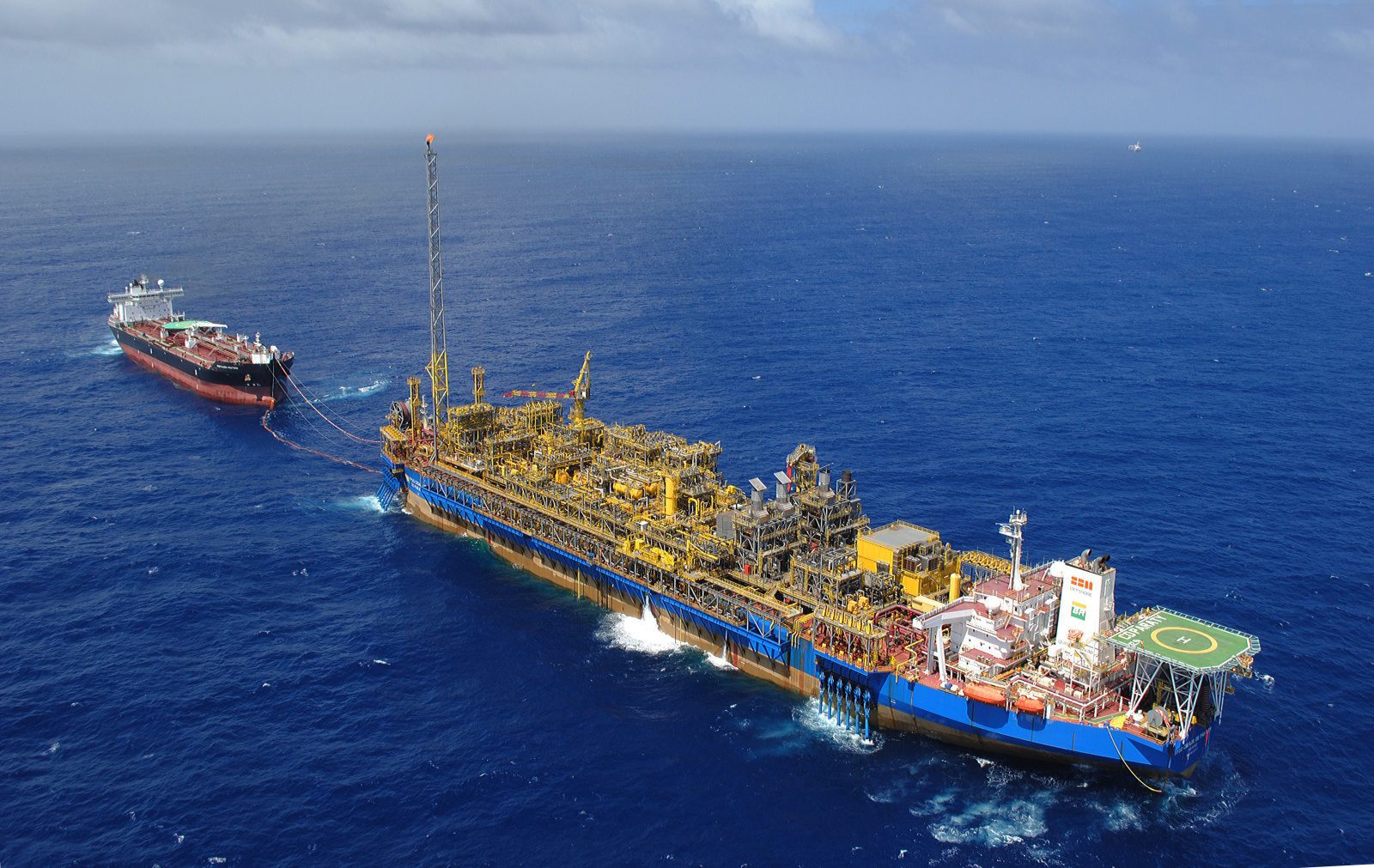Petrobras has been saddled with increased costs for floating production, storage, and offloading (FPSO) vessels, triggered by supply chain disruptions.
Yet, the Brazil-state-owned company, in pursuing an aggressive production ramp-up, has four new vessels for start-up this year; a total of 18 planned over the next five years.
This year, Petrobras will bring online the Anna Nery, Almirante Barroso, Anita Garibaldi and the Sepetiba vessels with the combined capacity to produce 480,000 barrels of oil per day (bpd).
And thus far, three have already been delivered.
The latest to arrive was the Anita Garibaldi MV33 vessel to be installed in Brazil’s Marlim Field in the Campos Pre-Salt Basin. It has the capacity to produce 80,000 bpd and seven million cubic metres of natural gas per day.
The Anna Nerry will also be installed at the Marlim Field, with the capacity to produce up to 70,000 bpd and process up to four million cubic metres of gas per day. The new oil platform is said to be strategic for Brazil’s Campos Basin Renewal Plan, aimed at renewing mature assets operated by the company in the region.
The units are part of the Marlim revitalization project, which involves the replacement of the nine platforms currently operating in the Marlim and Voador fields: P-18, P-19, P-20, P-26, P-32, P-33, P-35, P-37 and P-47.
There is also the Almirante Barroso MV32 for Brazil’s Búzios field.
The vessel has the capacity to produce up to 150,000 bpd and six million cubic metres of gas daily.
The final vessel is the Sepetiba, the largest by production capacity.
The vessel, costing some US$1.6 billion will have a processing capacity of up to 180,000 bpd, a water-injection capacity of 250,000 bpd, an associated gas treatment capacity of 12 million cubic feet per day (MMcf/D) and a minimum storage capacity of 1.4 million bbl of crude oil.
Sepetiba is expected to be deployed at the Mero field in the Santos Basin offshore Brazil, 180 kilometres (km) offshore Rio de Janeiro.
Petrobras also plans to drill 42 wells in the period 2023-2027, to add to its reserves, among the largest in the world.




